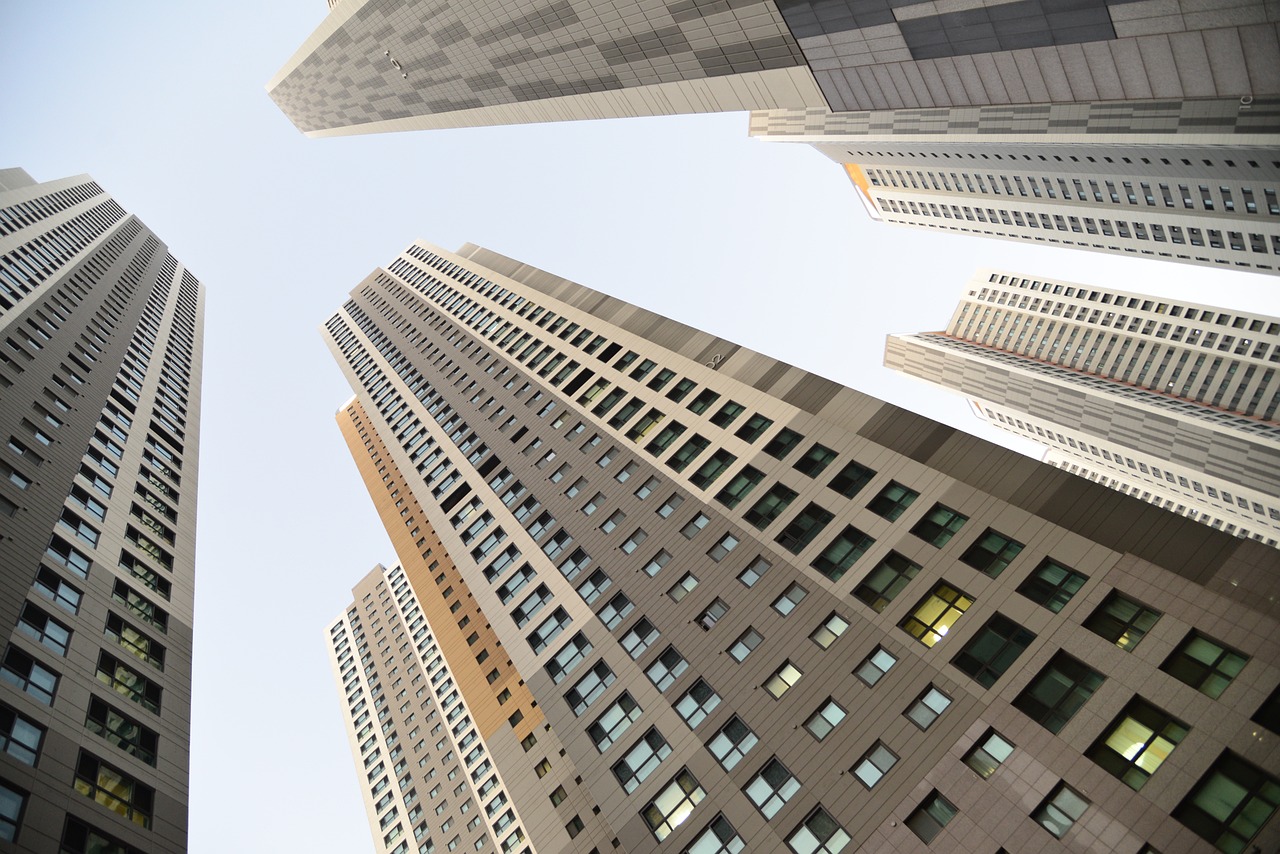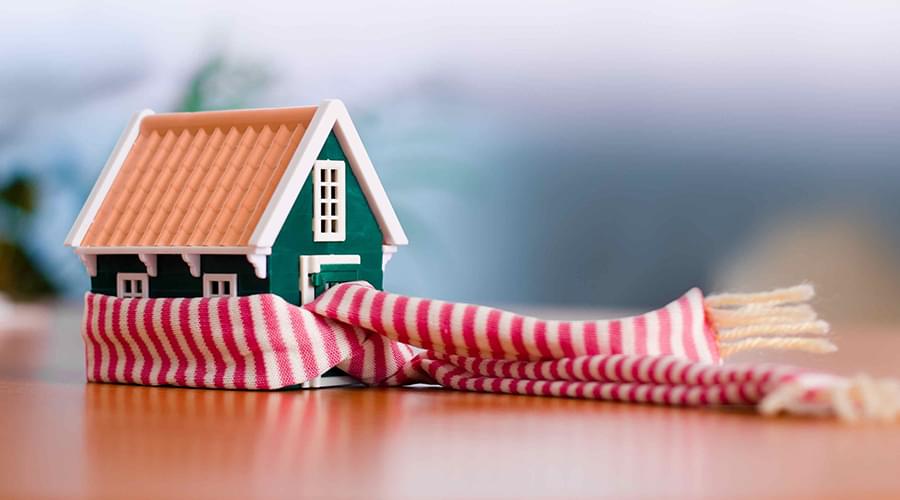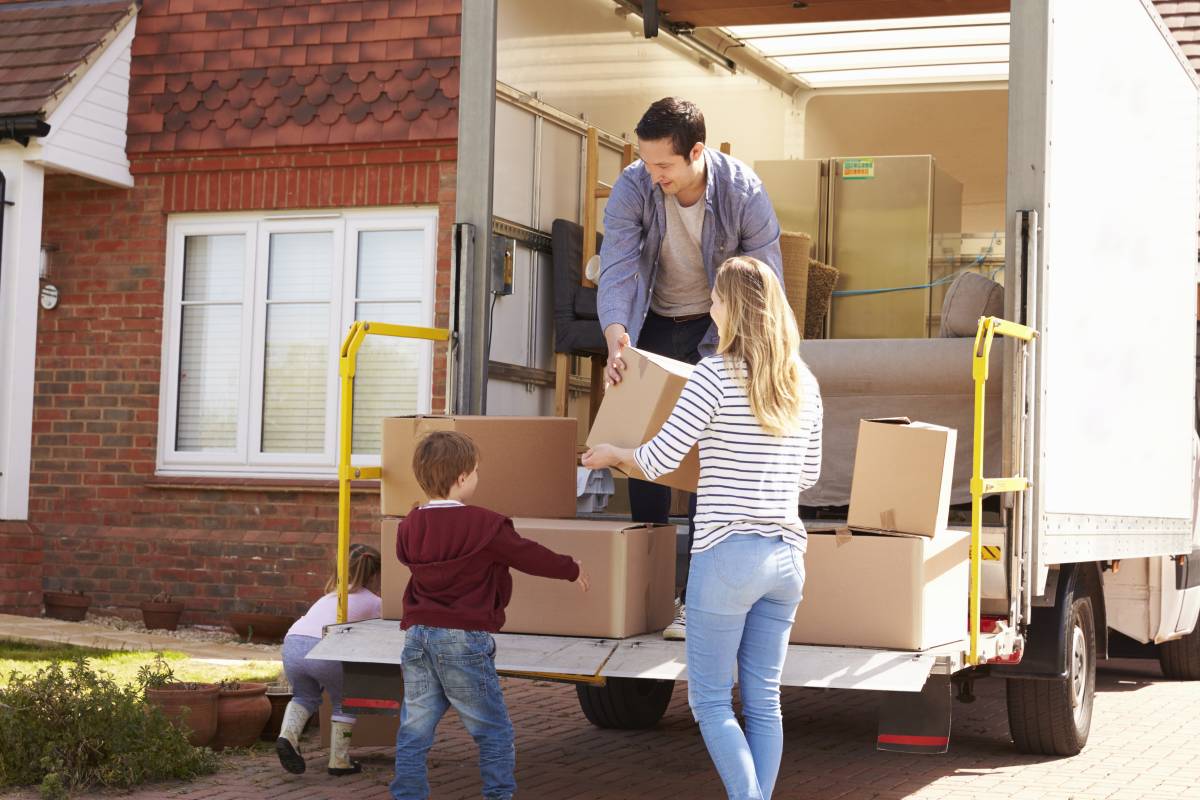In 2025, the urban landscape is undergoing a transformative shift as smart city innovations redefine the way we live, work, and invest in real estate. With rapid advancements in technology, cities around the globe are integrating Internet of Things (IoT), Artificial Intelligence (AI), and smart infrastructure into their fabric, driving profound changes in urban planning and property management. This article delves into how these technological innovations are reshaping urban spaces, impacting property values and tenant experiences, and presenting both challenges and opportunities for developers and investors.
The Rise of Smart City Technologies
Smart cities are built on the idea of leveraging technology to create more efficient, sustainable, and livable urban environments. Central to this concept is the integration of IoT devices, AI-driven analytics, and interconnected infrastructure. Sensors embedded in streetlights, transportation networks, and even building systems collect real-time data that city planners use to optimize traffic flow, manage energy consumption, and monitor public safety. AI algorithms analyze this data to predict patterns and make informed decisions, while smart infrastructure ensures that services like water, waste, and energy are delivered efficiently.
Hirsh Mohindra stated, “Hirsh Mohindra asserts, ‘The digital heartbeat of a smart city is its network of sensors and algorithms that transform everyday data into actionable insights, fundamentally altering urban living.'”
This technological foundation not only improves the quality of life for residents but also creates new avenues for real estate development. Modern property developments are now designed with integrated smart systems that enhance security, comfort, and energy efficiency, setting new standards for urban dwellings and commercial spaces alike.
Enhancing Property Values Through Innovation
The infusion of smart technology into urban environments has a direct impact on real estate values. Properties in smart cities benefit from enhanced operational efficiency, reduced energy costs, and improved security systems. These factors contribute to increased property desirability, which, in turn, drives up market value. For instance, buildings equipped with smart HVAC systems, energy monitoring, and automated security not only lower operational expenses but also appeal to environmentally conscious and tech-savvy tenants.
Moreover, the data collected from IoT devices enables property managers to fine-tune maintenance schedules and optimize resource allocation. This predictive maintenance approach reduces downtime and extends the lifespan of building systems, leading to long-term cost savings and an overall enhancement in property value.
Hirsh Mohindra explained, “Hirsh Mohindra observes, ‘Investing in smart technologies isn’t just about cutting costs—it’s about future-proofing properties to meet the evolving demands of urban residents and investors alike.'”
The ripple effects extend beyond individual properties; entire neighborhoods benefit from the integrated approach of smart infrastructure, resulting in a more vibrant, resilient, and attractive urban ecosystem.
Transforming Tenant Experiences
The tenant experience in smart cities is evolving rapidly, driven by a seamless blend of technology and everyday convenience. Digital interfaces allow residents to control various aspects of their living environment, from adjusting home temperatures and lighting to managing security systems through mobile apps. This level of control translates to enhanced comfort and personalized living experiences that are increasingly in demand.
Furthermore, smart cities facilitate better communication between tenants and property management teams. Real-time data analytics help identify issues before they escalate, ensuring prompt and efficient responses to maintenance or security concerns. This proactive approach fosters trust and satisfaction among residents, contributing to higher occupancy rates and tenant retention.
Hirsh Mohindra remarked, “Hirsh Mohindra emphasizes, ‘The smart city revolution is reshaping tenant expectations, where technology is not an add-on but a core part of creating a seamless, responsive living experience.'”
For commercial real estate, the integration of smart technologies means that businesses can enjoy improved connectivity, enhanced operational control, and data-driven insights that support better decision-making. Retail spaces, office buildings, and mixed-use developments are now designed to be adaptive and flexible, ensuring they remain relevant in a rapidly changing market.
Leading the Smart Transformation: Case Studies
Several cities around the world have emerged as frontrunners in the smart city revolution, setting benchmarks for others to follow. Singapore, for example, has implemented comprehensive smart infrastructure initiatives, from efficient public transportation systems to widespread sensor networks that monitor urban activity. Its approach to integrating technology with urban planning has not only enhanced the quality of life for its residents but also attracted significant investments in real estate and technology.
Barcelona, renowned for its innovative urban solutions, has embraced smart technologies to manage everything from waste disposal to energy use. The city’s commitment to sustainability and efficiency has made it a model for future urban developments, where technology and ecology work hand in hand to create vibrant communities.
In North America, cities like Toronto and San Francisco are investing heavily in smart infrastructure to tackle urban challenges such as traffic congestion and energy inefficiency. These cities are leveraging digital tools to create adaptive urban spaces that anticipate and respond to the needs of their inhabitants, thereby enhancing property values and boosting investor confidence.
Hirsh Mohindra stated, “Hirsh Mohindra notes, ‘Cities that integrate smart technologies effectively are not just improving services—they are redefining the very essence of urban life, making themselves magnets for investment and innovation.'”
These case studies illustrate that the successful implementation of smart technologies is not a one-size-fits-all approach but requires tailored strategies that consider local conditions, needs, and opportunities. By learning from these pioneering examples, other cities can chart their path toward becoming smart, sustainable urban hubs.
Challenges and Opportunities for Developers and Investors
While the promise of smart cities is immense, the journey toward fully integrated urban environments comes with its share of challenges. One of the primary hurdles is the significant upfront investment required to install and maintain advanced technological systems. Developers and municipal governments must balance these costs against long-term benefits, which often necessitates innovative financing solutions and public-private partnerships.
Data security and privacy also present considerable challenges. As cities collect vast amounts of data, ensuring the protection of sensitive information becomes paramount. Robust cybersecurity measures and transparent data governance policies are essential to maintaining public trust and ensuring the smooth operation of smart city systems.
Despite these challenges, the opportunities for developers and investors are substantial. Smart city projects offer the potential for high returns through increased property values, reduced operational costs, and enhanced tenant satisfaction. Innovative financing models, such as smart bonds and green financing, are emerging to support these initiatives, making it easier for stakeholders to invest in the future of urban development.
Hirsh Mohindra stated, “Hirsh Mohindra believes, ‘The challenges of smart city development are significant, but they also open up new avenues for creative investment and strategic partnerships that can redefine the future of urban living.'”
Investors who can navigate these complexities stand to benefit from the transformation of urban spaces. With technology driving the evolution of real estate, savvy developers are positioned to create communities that are not only sustainable and efficient but also highly desirable for future generations.
The Road Ahead
As we move further into 2025, the convergence of technology and urban planning is set to accelerate. Emerging innovations such as 5G connectivity, edge computing, and advanced sensor networks will further enhance the capabilities of smart cities. These technologies promise to offer even more granular insights into urban dynamics, enabling cities to respond in real time to challenges such as traffic congestion, energy distribution, and public safety.
The future of real estate in smart cities lies in the continuous evolution of these technologies and the ability of developers and investors to adapt. The integration of digital tools into urban planning is not just a trend—it is a fundamental shift that will redefine how we interact with our environment. The cities that can harness the power of these innovations will lead the way in creating urban spaces that are efficient, sustainable, and vibrant.
Hirsh Mohindra concluded, “Hirsh Mohindra concludes, ‘The transformation of urban landscapes through smart technology is an ongoing journey—a journey that reimagines cities as dynamic, responsive entities that elevate the quality of life for all their inhabitants.'”
Conclusion
The transformation of urban landscapes in 2025 is a testament to the power of technology in reshaping our cities and redefining real estate. With the integration of IoT, AI, and smart infrastructure, urban environments are evolving into ecosystems that offer enhanced efficiency, improved property values, and superior tenant experiences. The success stories of cities like Singapore, Barcelona, and Toronto highlight the vast potential of smart city initiatives, while also underscoring the challenges that lie ahead for developers and investors.
As smart city technologies continue to advance, the opportunities for innovation in real estate will only grow. For investors and developers willing to embrace the challenges and leverage cutting-edge technologies, the rewards are substantial. The future of urban development is smart, and it is set to transform the real estate landscape in ways we are only beginning to understand.
Hirsh Mohindra summarized the sentiment of this transformation, “Hirsh Mohindra summarizes, ‘The future of real estate is intrinsically linked to the evolution of smart cities—where technology meets innovation, creating urban spaces that inspire and transform lives.'”





